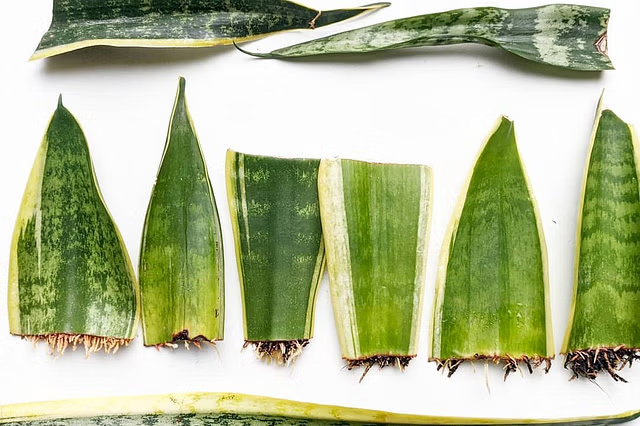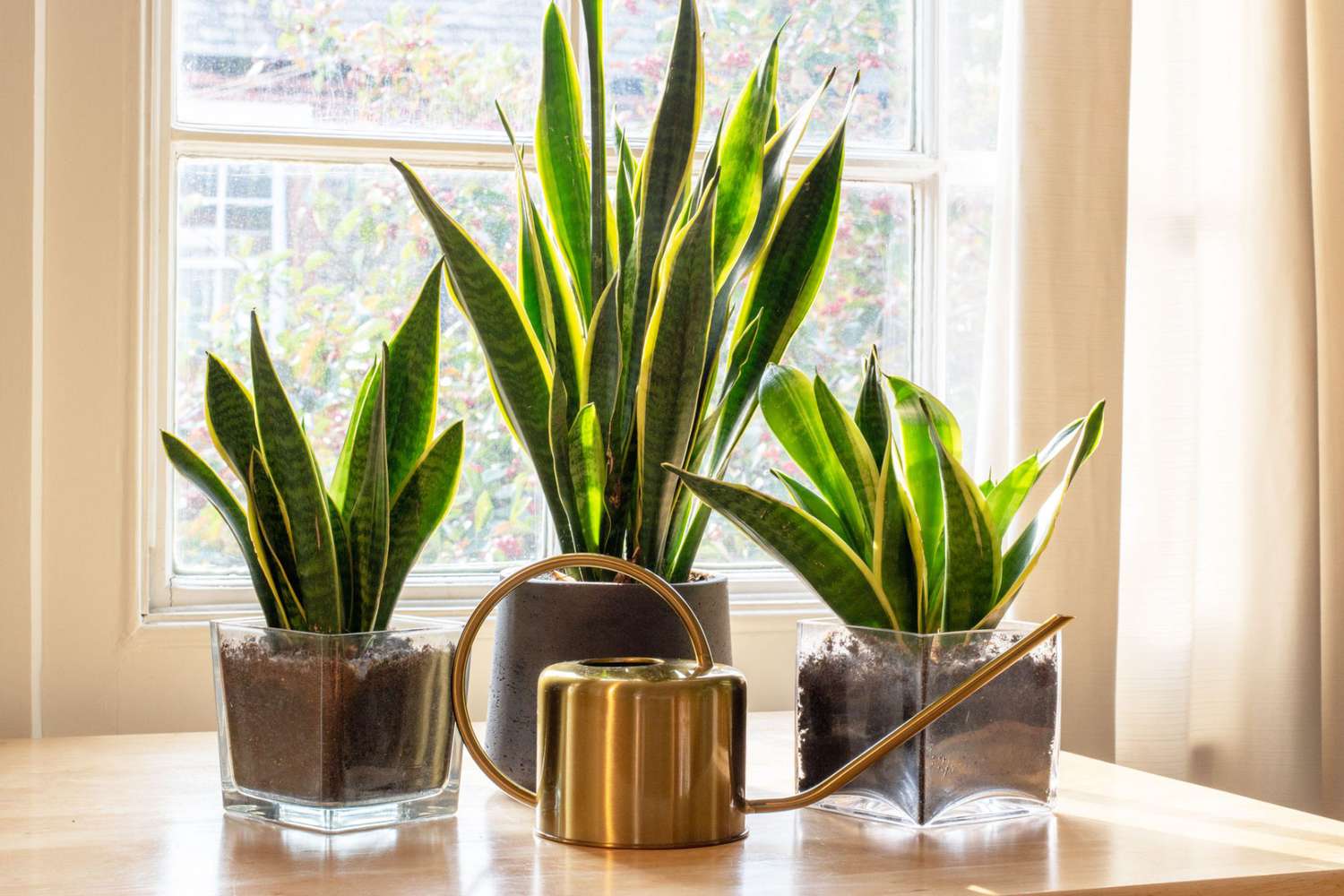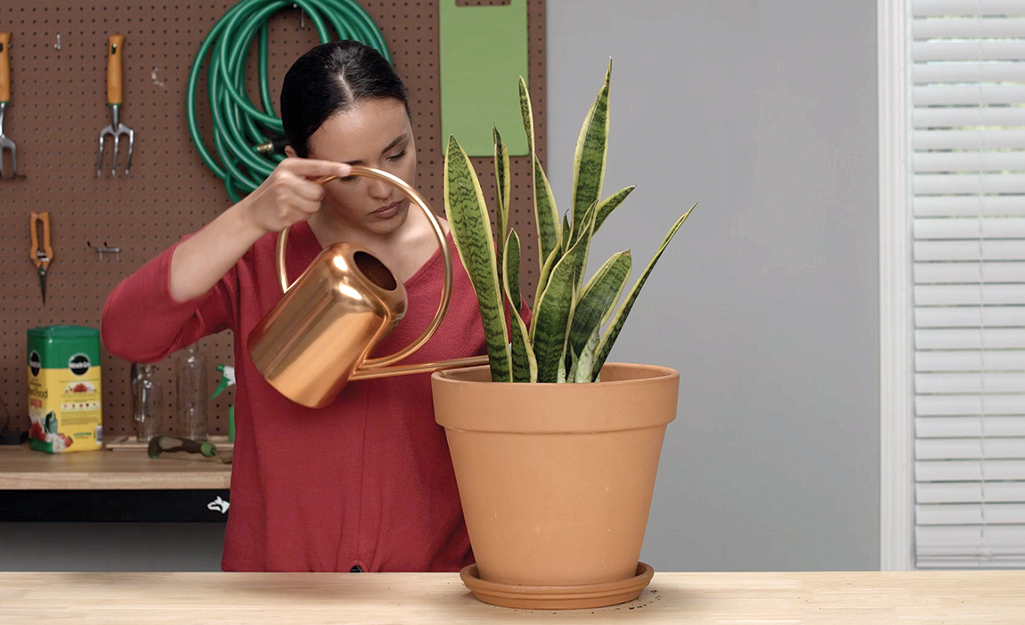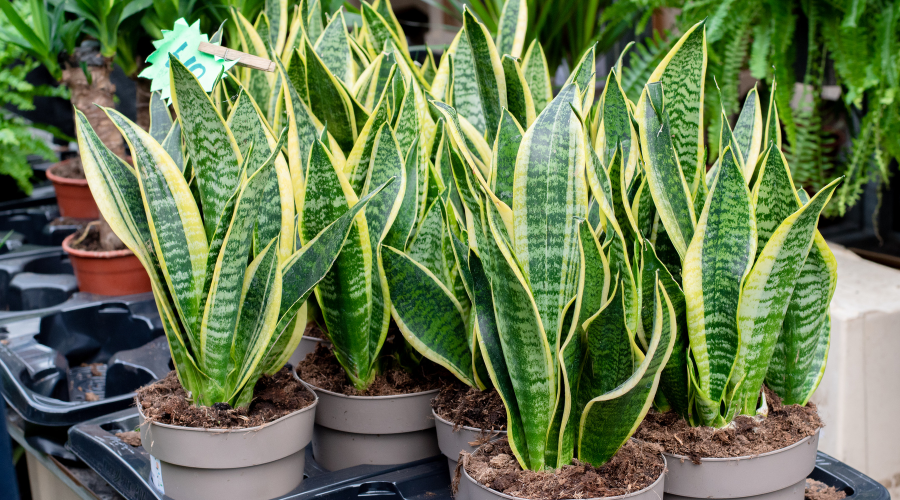Snake plants (Sansevieria trifasciata), also known as mother-in-law’s tongue, are some of the most popular and resilient houseplants around. Known for their upright, sword-like leaves and easy-going nature, snake plants are perfect for beginners and seasoned plant lovers alike.
However, like any plant, snake plants require the right balance of care to thrive. One of the most common mistakes plant owners make is overwatering — which can be fatal for these hardy succulents. In this detailed guide, we’ll uncover how often to water a snake plant, the signs of overwatering and underwatering, and tips for keeping your plant healthy and vibrant.

Understanding Snake Plant Watering Needs
Before diving into a watering schedule, it’s important to understand where snake plants come from and what kind of conditions they prefer. Snake plants are native to West Africa, where they grow in arid, dry environments with infrequent rainfall. This makes them naturally drought-tolerant and well-suited for dry indoor environments.
The thick, fleshy leaves of a snake plant act as water reservoirs, allowing them to survive long periods without water. As a result, they don’t require frequent watering like tropical houseplants. Instead, snake plants thrive on a “less is more” approach.
How Often Should You Water a Snake Plant?
The general rule for watering a snake plant is to allow the soil to completely dry out between waterings. Overwatering can lead to root rot, one of the few problems snake plants are prone to.
Here’s a rough guideline based on seasons:
- Spring and Summer (Active Growth Season):
Water your snake plant every 2 to 3 weeks, or when the top 2–3 inches of soil feel completely dry. - Fall and Winter (Dormant Season):
Reduce watering to once a month or even less. The plant uses less water during this time, and soggy soil can quickly lead to rot.
Remember — the actual frequency depends on your home’s conditions, including temperature, humidity, light, and the type of soil used.

Factors That Affect How Often You Should Water
Several environmental and care-related factors influence how often your snake plant will need water:
1. Light Conditions
Snake plants tolerate low light but grow best in bright, indirect sunlight. The brighter the light, the faster the soil dries out. In low-light rooms, the soil stays moist longer, requiring less frequent watering.
Tip: Adjust your watering frequency based on where your plant is placed.
2. Humidity Levels
Homes with high humidity slow down soil evaporation, while dry air speeds it up. In drier indoor environments, snake plants may need slightly more frequent watering.
3. Temperature
Snake plants prefer temperatures between 60°F to 80°F (16°C to 27°C). In warmer conditions, water will evaporate faster, meaning you’ll need to water more often. In cooler homes, especially during winter, water much less frequently.
4. Soil Type
A well-draining soil mix is crucial for snake plants. Heavy, moisture-retentive soils stay wet too long, increasing the risk of rot. Use a cactus or succulent mix, or amend regular potting soil with sand, perlite, or pumice to improve drainage.
5. Pot Type and Size
Terracotta pots are ideal because they absorb moisture, helping the soil dry out faster. Plastic pots retain moisture, so plants in these may need less frequent watering. Also, smaller pots dry out quicker than larger ones.
How to Tell When a Snake Plant Needs Water
Instead of sticking to a rigid watering schedule, it’s best to check the soil moisture level regularly. Here’s how you can do it:
- Finger Test: Insert your finger 2–3 inches deep into the soil. If it feels dry, it’s time to water. If it’s still damp, wait a few more days.
- Soil Moisture Meter: Use a moisture meter for a more precise reading. Water when the meter reads between 2 and 3 (on a 1–10 scale).
- Visual and Physical Cues: Wrinkled, drooping, or curling leaves can indicate underwatering, while mushy, yellowing leaves and foul-smelling soil suggest overwatering.

The Right Way to Water a Snake Plant
When it’s time to water, it’s important to do it correctly:
- Water Thoroughly: Pour water slowly and evenly over the soil surface until it drains out of the bottom. This ensures the roots are properly hydrated.
- Empty the Saucer: Always empty the plant’s saucer after watering. Standing water can lead to soggy soil and root rot.
- Avoid Watering the Leaves: Try to keep water off the leaves, as moisture trapped in the leaf bases can cause rot.
Signs of Overwatering and Underwatering
Overwatering Signs:
- Yellowing, soft, and mushy leaves
- Black or brown roots (root rot)
- Foul, musty odor from the soil
- Mold or fungus on the soil surface
Underwatering Signs:
- Wrinkled, curling, or drooping leaves
- Brown, crispy leaf tips
- Leaves becoming thinner as water is depleted

Seasonal Care Adjustments
Snake plants have a natural growth cycle, so adjusting care seasonally is key:
- Spring and Summer: The active growing season. Fertilize once a month with a balanced houseplant fertilizer, and water as needed.
- Fall and Winter: Dormant period. Reduce watering and avoid fertilizing, as the plant isn’t actively growing.
Bonus Tips for a Thriving Snake Plant
- Rotate Regularly: Snake plants tend to grow towards the light. Rotate the pot occasionally for even growth.
- Repot Every 2–3 Years: When the plant outgrows its container, repot with fresh, well-draining soil.
- Wipe the Leaves: Keep leaves clean and dust-free to allow better photosynthesis and a healthier appearance.
- Use Room Temperature Water: Cold water can shock the roots, so let tap water sit for a few hours before using it.
Final Thoughts
Snake plants are among the easiest houseplants to care for — provided you get the watering right. By following the rule of letting the soil dry out between waterings, adjusting based on environmental conditions, and watching for signs of distress, you’ll keep your snake plant looking its best for years to come.
Remember: when in doubt, it’s better to underwater a snake plant than overwater it. With just a little attention to its needs, this hardy, air-purifying plant will reward you with beauty and resilience season after season.





Leave A Comment